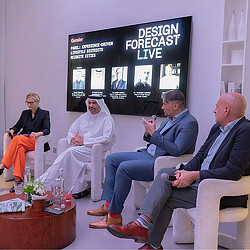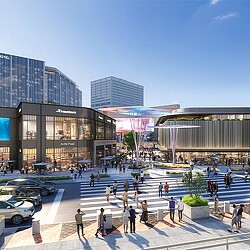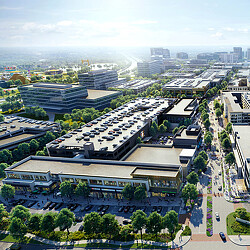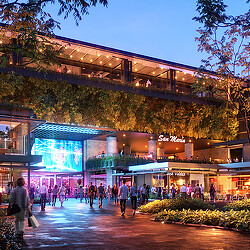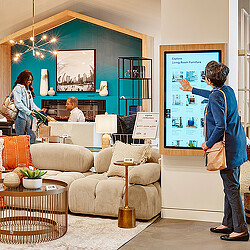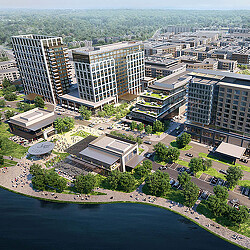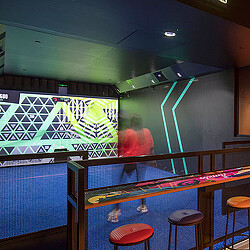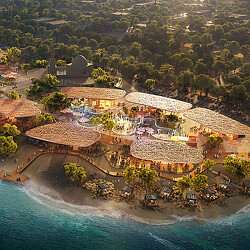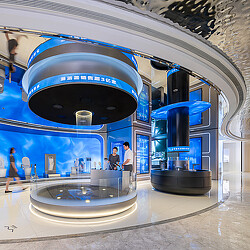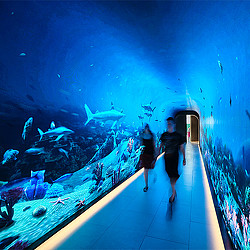Reenvisioning Retail Centres: Lessons From China for the Middle East
We explore how key lessons from China’s retail evolution can reshape the future of retail centres in the Middle East.
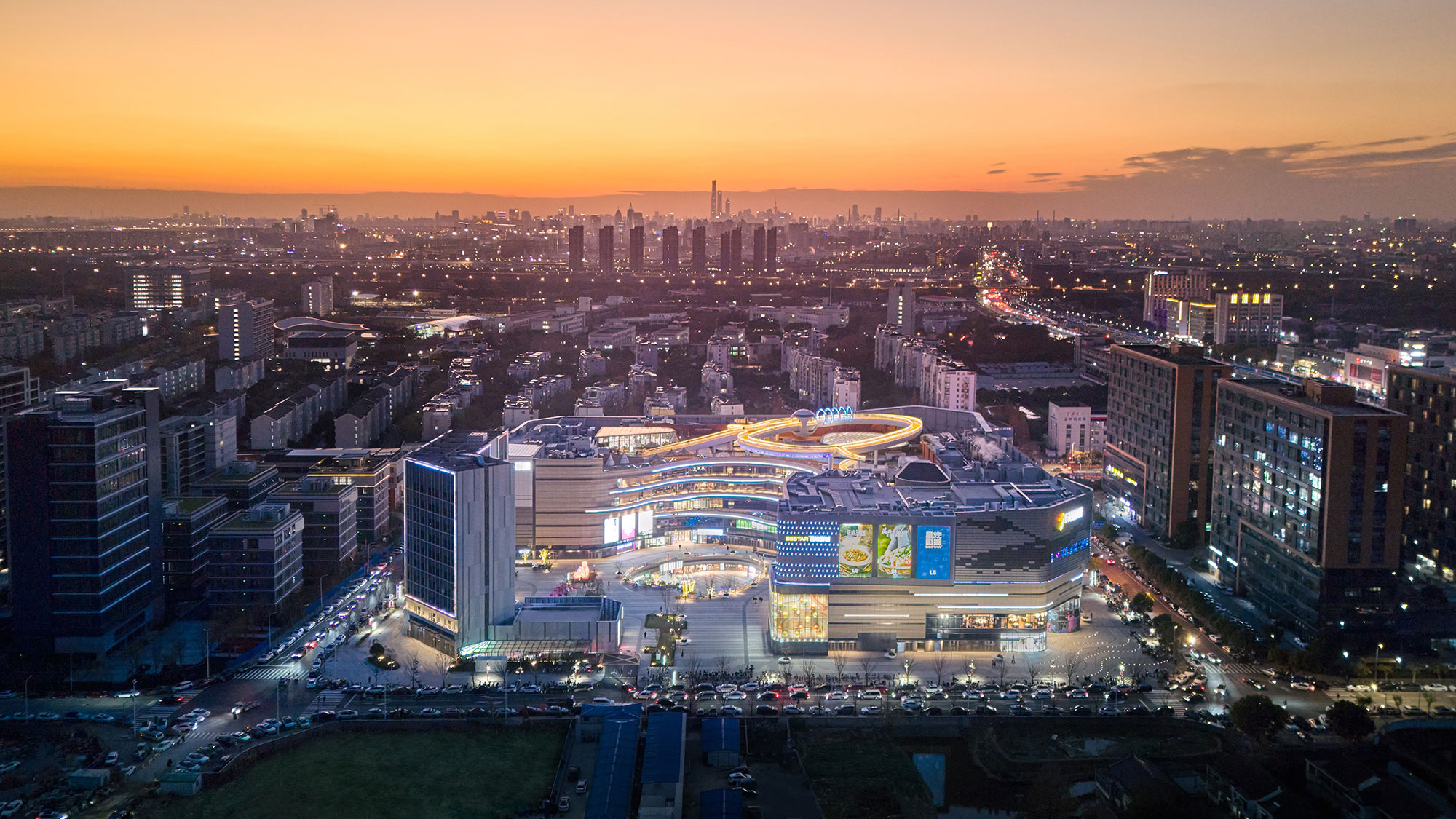
Editor’s Note: This blog was originally published in Retail People Magazine - Issue 43 , by Middle East Council of Shopping Centres & Retailers (MECSR).
Retail centres are undergoing a major transformation worldwide, driven by shifting consumer behaviors, technology, and new lifestyle demands. China, over the past 15 years, has pioneered innovative retail models that blend commerce, culture, and technology to create immersive experiences.
The Middle East, with its rapid urban expansion and luxury-driven markets, has an opportunity to apply these insights. This article explores key lessons from China’s retail evolution and how they can reshape the future of retail centres in the Middle East.
The Chinese Retail Transformation
China’s retail landscape has evolved beyond traditional malls into multi-sensory, technology-driven, and socially engaging spaces. Retail is no longer just about shopping — it’s about creating immersive experiences. Concepts like K11 Art Mall blend commerce with cultural engagement, while SKP-S Beijing redefines the luxury experience with futuristic themes.
China also leads in digital retail ecosystems, integrating mobile payments, Al-driven personalisation, and seamless online-to-offline (O2O) experiences. Alibaba’s Hema Supermarkets are a prime example, where tech-driven logistics enhance convenience.
Another key transformation is urban placemaking, with retail centres acting as community and lifestyle hubs. Developments like Xintiandi successfully merge historic architecture with vibrant public spaces, fostering engagement beyond commerce.
Additionally, China’s ability to scale projects at an unprecedented speed is a critical differentiator due to development pressures. Large-scale developments are historically completed in record time, in contrast to the longer development cycles in the Middle East.
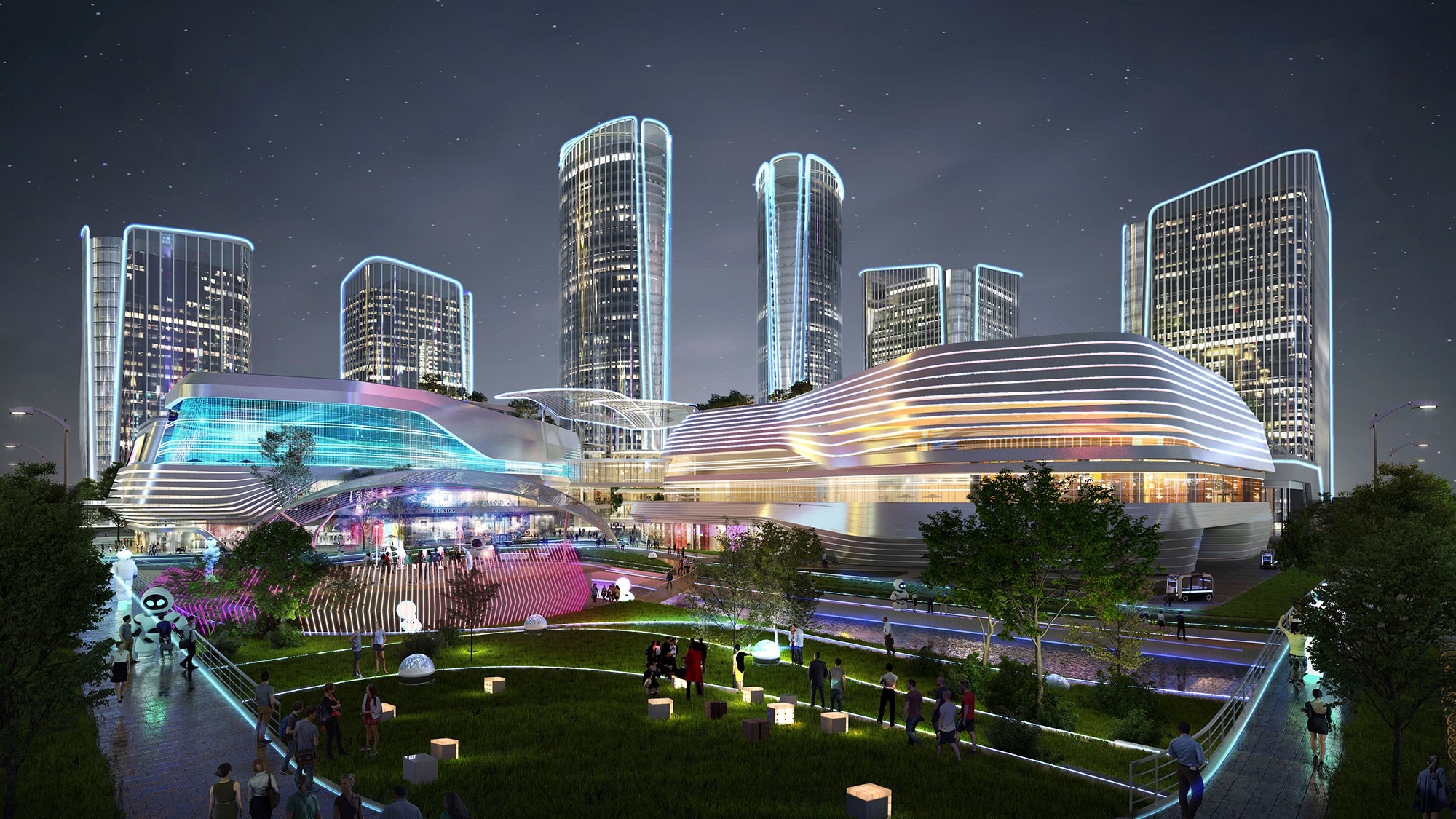
Opportunities for the Middle East
To elevate its retail sector, the Middle East must embrace experiential retail and cultural storytelling. Retail spaces will go beyond shopping, integrating entertainment, leisure, and heritage-inspired design. Destinations like Souk Madinat Jumeirah showcase how tradition and modernity can merge, but more innovative, authentic formats are needed.
Smart retail and omnichannel integration present a major opportunity. The region’s high smartphone penetration can drive mobile-first experiences, Al-powered personalisation, and AR-driven shopping journeys. The luxury sector, in particular, can benefit from digital concierge services, exclusive membership, and VVIP salons.
Moreover, multi-use developments and community engagement will be at the heart of future projects. Retail centres should evolve into lifestyle hubs, integrating hospitality, wellness, coworking spaces, and urban green areas. Concepts like City Walk in Dubai highlight this shift... future developments must push boundaries even further.
Sustainability is another key pillar. Climate adaptive retail design — incorporating passive cooling, shaded pedestrian ways and courtyards, and water-efficient landscaping — can redefine how malls function in the desert environment. Inspiration can be drawn from Southern China’s eco-friendly retail projects that emphasise natural passive elements blended with energy efficiency.
By adopting these strategies, the Middle East can redefine its retail landscape, blending innovation. digital integration, and cultural authenticity to create world-class destinations and experiences.
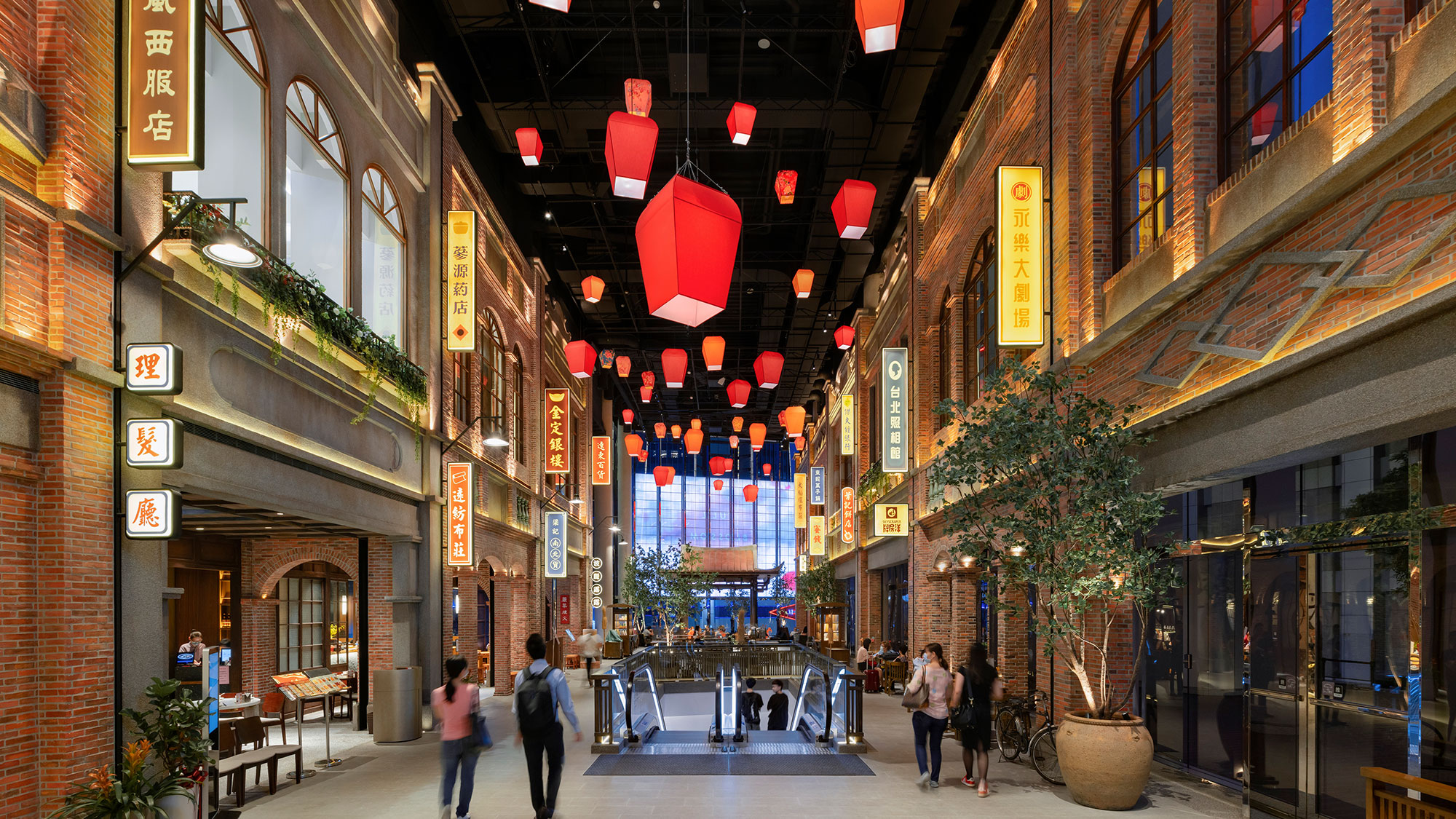
The Path Forward: A Vision for the Future
The Middle East has the potential to lead the next generation of retail by learning from China’s agility with regional cultural richness and luxury expertise. Future retail hubs must be experience-driven, digitally integrated, and socially engaging, catering to evolving consumer expectations. Strategic partnerships between disruptor brands, global developers, tech leaders, and regional stakeholders will be key in shaping this transformation.
Dubai, Abu Dhabi, and Riyadh are already investing in cutting-edge retail concepts, signalling a shift toward more immersive, community-centric, and sustainable retail environments. By reenvisioning retail centres, the region can set new benchmarks for global retail innovation.
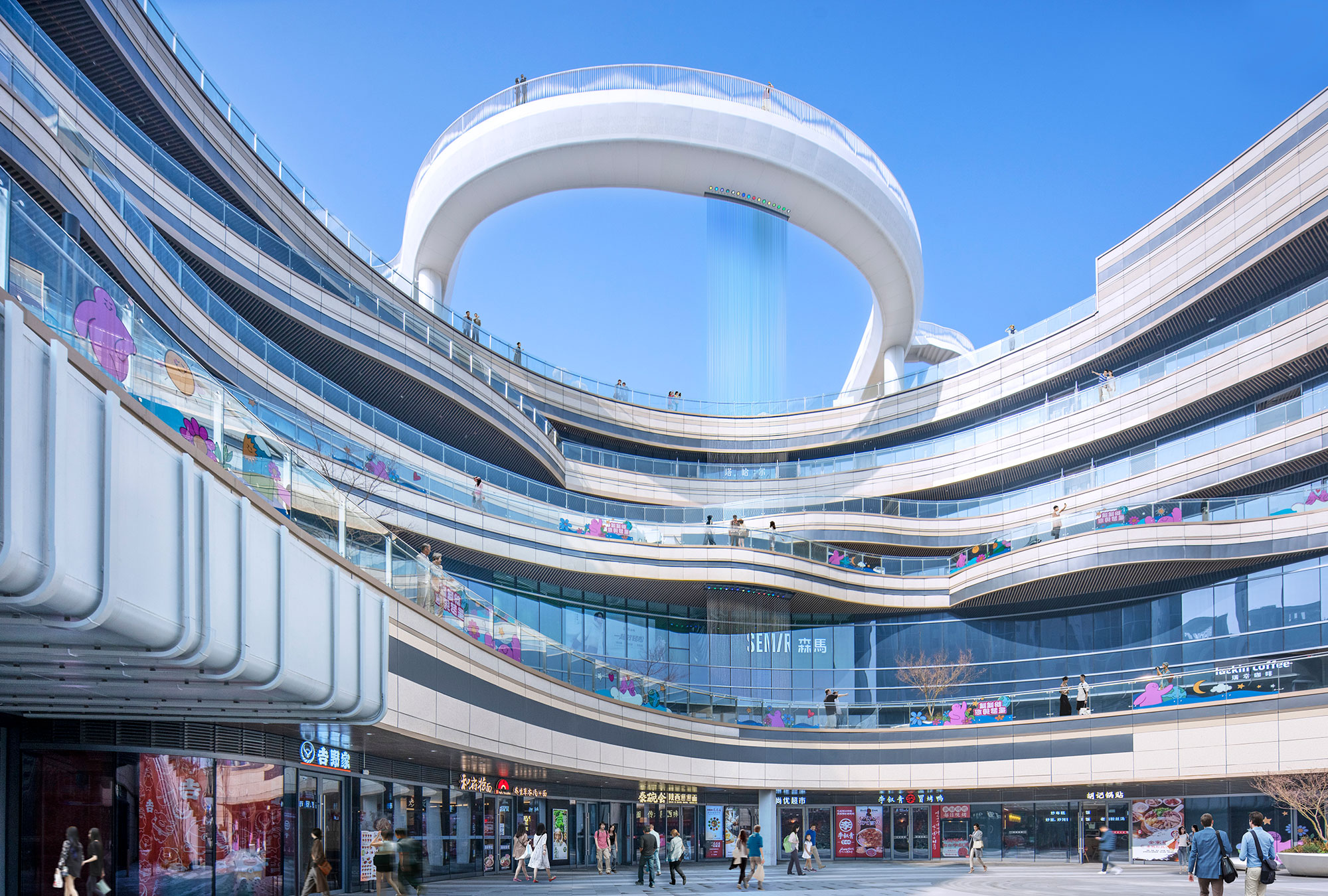
Call to Action
Retail is no longer just about shopping — it’s about creating memorable, immersive experiences that engage consumers on multiple levels. The Middle East stands at a pivotal moment to redefine its retail landscape, applying lessons from China’s rapid transformation while incorporating regional identity and luxury expertise.
To stay competitive, the industry must think beyond transactions and build dynamic, community-driven retail ecosystems. The future of retail in the Middle East isn’t just about selling — it’s about storytelling, engagement, building loyalty, and experience.
For media inquiries, email .

